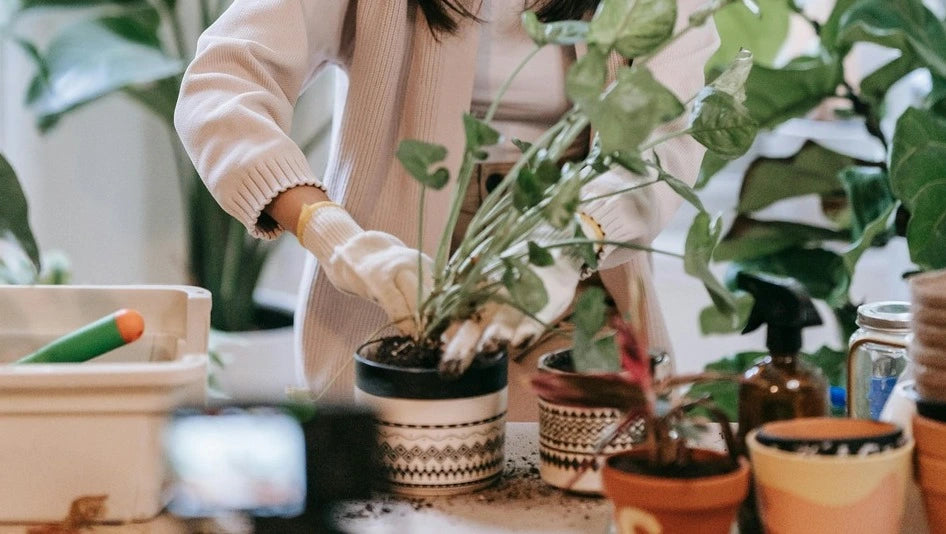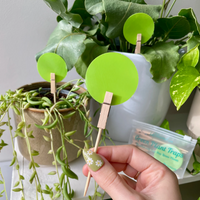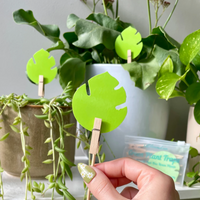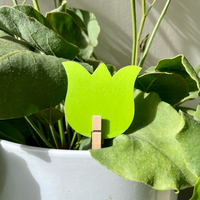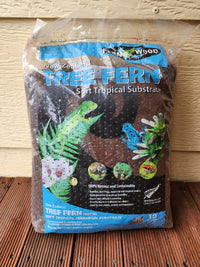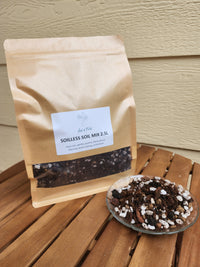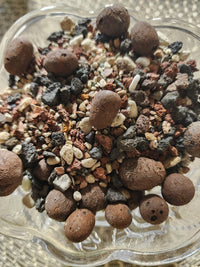In the tranquil confines of indoor spaces, where lush foliage brings life and beauty, the intrusion of bugs into soil can disrupt the harmony of your botanical haven. However, fear not, for there exist effective methods to combat these pesky intruders and restore equilibrium to your indoor oasis.
Firstly, it is imperative to accurately identify the type of bugs infesting your indoor plant soil. Among the common offenders are fungus gnats, spider mites, and mealybugs, each requiring distinct eradication techniques tailored to their specific habits and vulnerabilities.
Fungus gnats, with their tiny black bodies and penchant for hovering around plants, thrive in moist soil conditions. To deter these relentless nuisances, adopt measures to allow the soil to dry out between waterings, thus disrupting the gnats' breeding cycle. Additionally, consider implementing a layer of sand or gravel atop the soil surface to create an inhospitable environment for egg-laying and larvae development.
Spider mites, minuscule arachnids notorious for leaving behind telltale webbing and causing stippling on leaves, pose another common challenge for indoor gardeners. Combatting these persistent pests may involve introducing predatory mites, which serve as natural enemies to spider mites and help maintain population control. Alternatively, applying neem oil—a botanical insecticide derived from the neem tree—can effectively deter spider mites while minimizing harm to beneficial insects.
Mealybugs, recognizable by their cotton-like appearance and tendency to congregate on stems and leaves, are yet another formidable foe in the battle against indoor plant pests. To eradicate these insidious invaders, consider using insecticidal soap or a solution of rubbing alcohol and water. Apply the chosen treatment directly to affected areas, ensuring thorough coverage to eliminate both adult bugs and their unhatched eggs.
Moreover, prevention plays a pivotal role in effective pest management. Regularly inspect your indoor plants for signs of infestation, such as wilting leaves, yellowing foliage, or the presence of pests themselves. Promptly address any issues as soon as they arise to prevent the spread of pests to neighboring plants.
Maintaining proper plant hygiene is equally essential in deterring bug infestations. Remove dead leaves, debris, and any decaying organic matter from the soil surface, as these serve as potential breeding grounds for pests. Additionally, avoid overwatering, as excessively moist soil creates an ideal habitat for fungus gnats and other moisture-loving insects.
In cases of severe infestation, repotting affected plants using fresh, sterile soil may be necessary to eradicate existing pests and prevent reinfestation. Exercise caution during this process to avoid inadvertently spreading bugs to other plants within your collection.

In conclusion, while the presence of bugs in indoor plant soil may pose a challenge to indoor gardeners, proactive measures and targeted interventions can effectively mitigate these unwelcome intruders. By implementing proper pest control strategies, maintaining vigilance, and fostering a healthy growing environment, you can ensure the continued health and vitality of your indoor plant collection, restoring harmony to your botanical sanctuary.
For additional information on this topic, you can delve into this comprehensive article from WellandGood.
For all your gardening needs, explore our one-stop shop – your ultimate destination for quality soil, top-notch pruning tools, and a plethora of expert resources.

